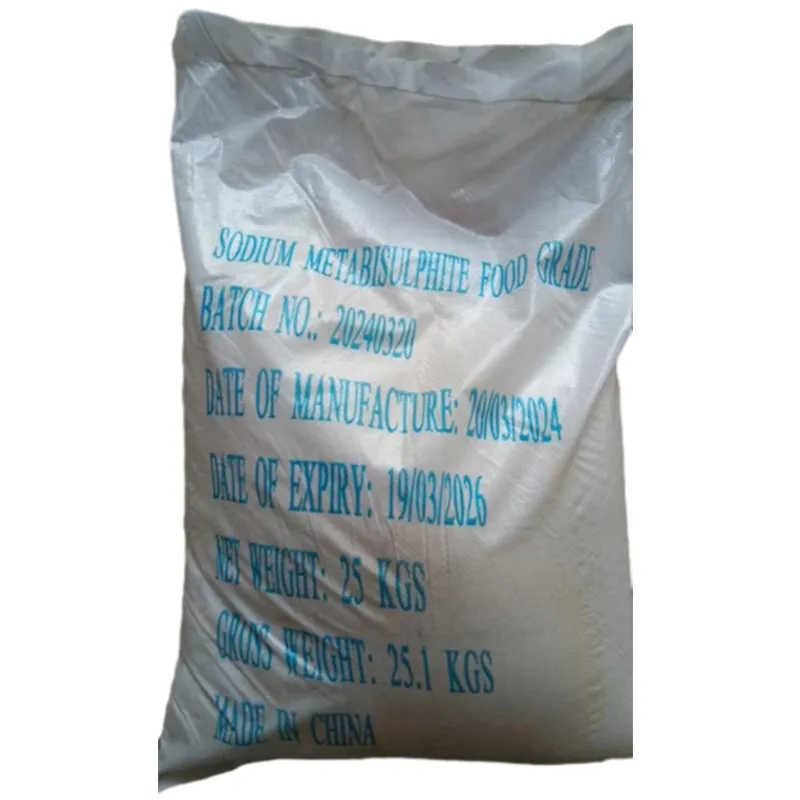
Nutritional Information and Benefits of Aspartame for Your Dietary Choices
Aspartame is a low-calorie artificial sweetener that has gained significant popularity over the years, particularly among those looking to reduce their sugar intake. As a widely used sugar substitute in various food and beverage products, it has become a staple in the diet of many health-conscious consumers. Understanding the nutrition facts associated with aspartame is essential for making informed dietary choices.
.
One of the primary reasons many people choose aspartame is its ability to provide sweetness without increasing blood sugar levels. This makes it an attractive option for individuals with diabetes, as it allows them to enjoy sweet flavors without the same glycemic impact associated with traditional sugars. Additionally, aspartame is often included in weight management products, helping individuals reduce their overall calorie consumption while still satisfying their sweet tooth.
aspartame nutrition facts

Despite its widespread use, aspartame has been the subject of much debate and scrutiny regarding its safety. Regulatory agencies, including the U.S. Food and Drug Administration (FDA) and the European Food Safety Authority (EFSA), have established acceptable daily intake (ADI) levels, which are considered safe for most individuals. However, those with a rare genetic disorder called phenylketonuria (PKU) must avoid aspartame, as the phenylalanine component can accumulate to harmful levels.
In conclusion, aspartame is a low-calorie sweetener that offers a sugar-like taste with minimal caloric intake, making it a popular choice for those looking to manage their weight and blood sugar levels. While generally regarded as safe by health authorities, it is essential for consumers to stay informed about their dietary choices and to be mindful of their individual health needs, especially for those affected by conditions like PKU. As with any food additive, moderation and awareness are crucial for a balanced diet.
-
Why Glacial Acetic Acid Food Grade Is Essential in FlavorNewsMay.26,2025
-
Surging Export Growth of Food Additives in ChinaNewsMay.26,2025
-
How Ammonium Nitrate Fertilizer Boosts Crop YieldsNewsMay.26,2025
-
How 1,2,3-Benzotriazole Shields Plastics from UV DegradationNewsMay.26,2025
-
Cyanide in Gold Mining: Protecting People and the PlanetNewsMay.26,2025
-
Aluminum Hydroxide in Modern Sunscreen FormulationsNewsMay.26,2025
-
Understanding Synthetic Rubber OptionsNewsApr.27,2025
Hebei Tenger Chemical Technology Co., Ltd. focuses on the chemical industry and is committed to the export service of chemical raw materials.
-

view more DiethanolisopropanolamineIn the ever-growing field of chemical solutions, diethanolisopropanolamine (DEIPA) stands out as a versatile and important compound. Due to its unique chemical structure and properties, DEIPA is of interest to various industries including construction, personal care, and agriculture. -

view more TriisopropanolamineTriisopropanolamine (TIPA) alkanol amine substance, is a kind of alcohol amine compound with amino and alcohol hydroxyl, and because of its molecules contains both amino and hydroxyl. -

view more Tetramethyl Thiuram DisulfideTetramethyl thiuram disulfide, also known as TMTD, is a white to light-yellow powder with a distinct sulfur-like odor. It is soluble in organic solvents such as benzene, acetone, and ethyl acetate, making it highly versatile for use in different formulations. TMTD is known for its excellent vulcanization acceleration properties, which makes it a key ingredient in the production of rubber products. Additionally, it acts as an effective fungicide and bactericide, making it valuable in agricultural applications. Its high purity and stability ensure consistent performance, making it a preferred choice for manufacturers across various industries.











